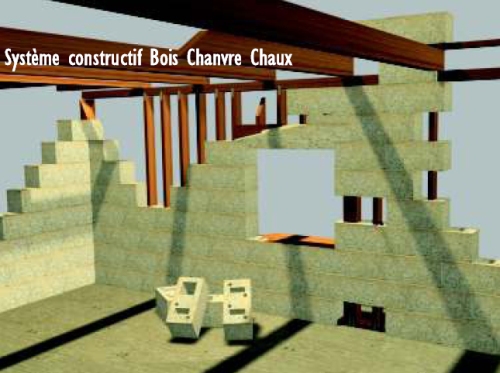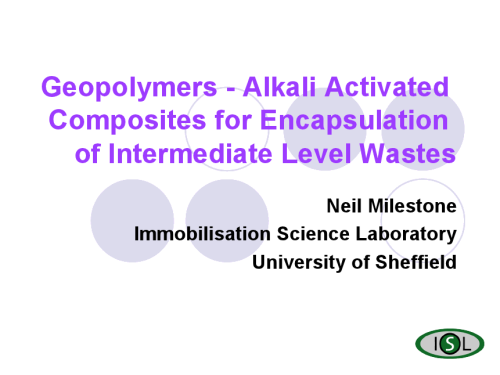“Cement mortar and plaster played an important role in Nabataean life. They used this essential technology from their very earliest years in the desert. Without their special knowledge of cement, the Nabataeans would never have conquered the desert, and would never have risen to the status of a civilization.
Other tribes in the deserts of Arabia lived within the limits that nature put on them. They stayed close to sources of water, and ranged their sheep and camels from there. The Nabataeans on the other hand, built water channels and cisterns far out in the desert to collect the scant rainfall and store it for their use.
Without this knowledge of waterproof cement, the Nabataeans would not have become the far ranging merchants of the Middle East, who easily traversed deserts and inhospitable, barren mountains.
As long ago as 50 BC Diodorus Siculus wrote in his book Bibliotheca Historica about the Nabataeans, “They are conspicuously lovers of freedom and flee into the desert, using this as a stronghold. They fill cisterns and caves with rainwater, making them flush with the rest of the land. They leave signals there which are known to themselves and not understood by anyone else. They water their herds every third day, so that they do not constantly need water in waterless regions, if they have to flee.” The information that Diodorus gathered was already common knowledge in the Middle East. The Nabataeans had been building hidden water cisterns for years.
As with the Romans, the Nabataeans secret to waterproof cement was the material known as pozzolan. Where the Romans used volcanic ash to create their waterproof cement, the Nabataeans had a much easier source. In the Hisma desert near Wadi Rumm are major surface deposits of silica, which geologists today claim is nearly 100% silicon.
B. Mason, in his book Principles of Geochemistry provides a technical discussion of research into geology to explain rock composition. For instance, he explains how a pozzolan material can be created by ground water seeping through silica. While the Romans had to search for this key component of ancient waterproof concrete, the Nabataeans simply had to locate places where water had seeped through the silica and scoop it up and add it to their lime plaster.”
Read the rest of the article at the source: Nabataea.net




